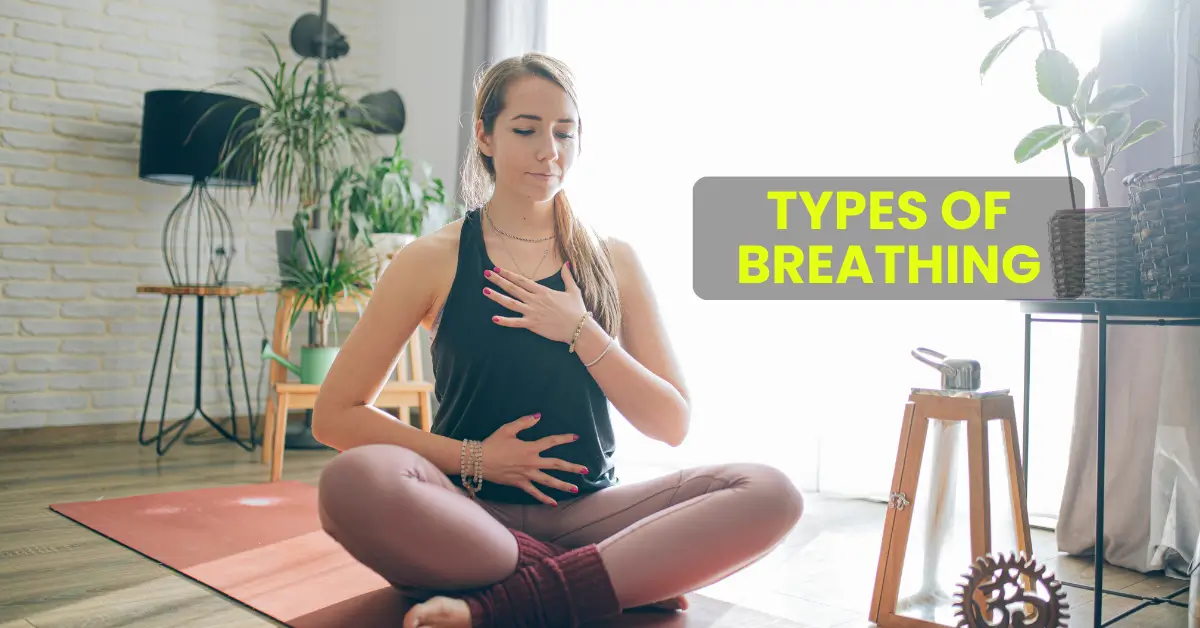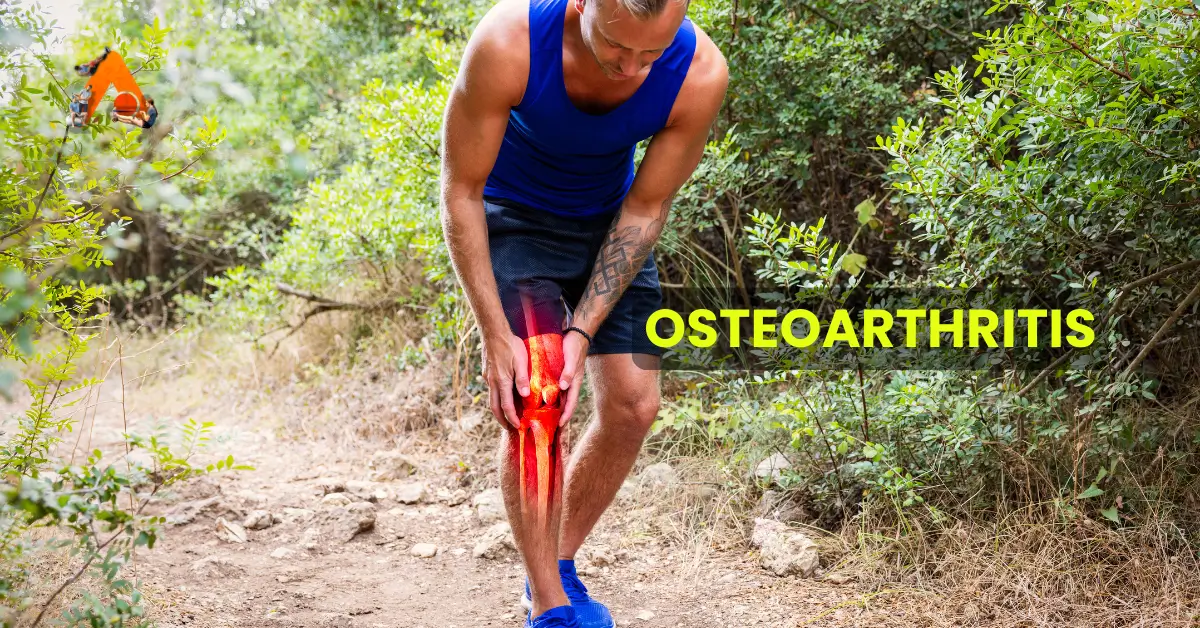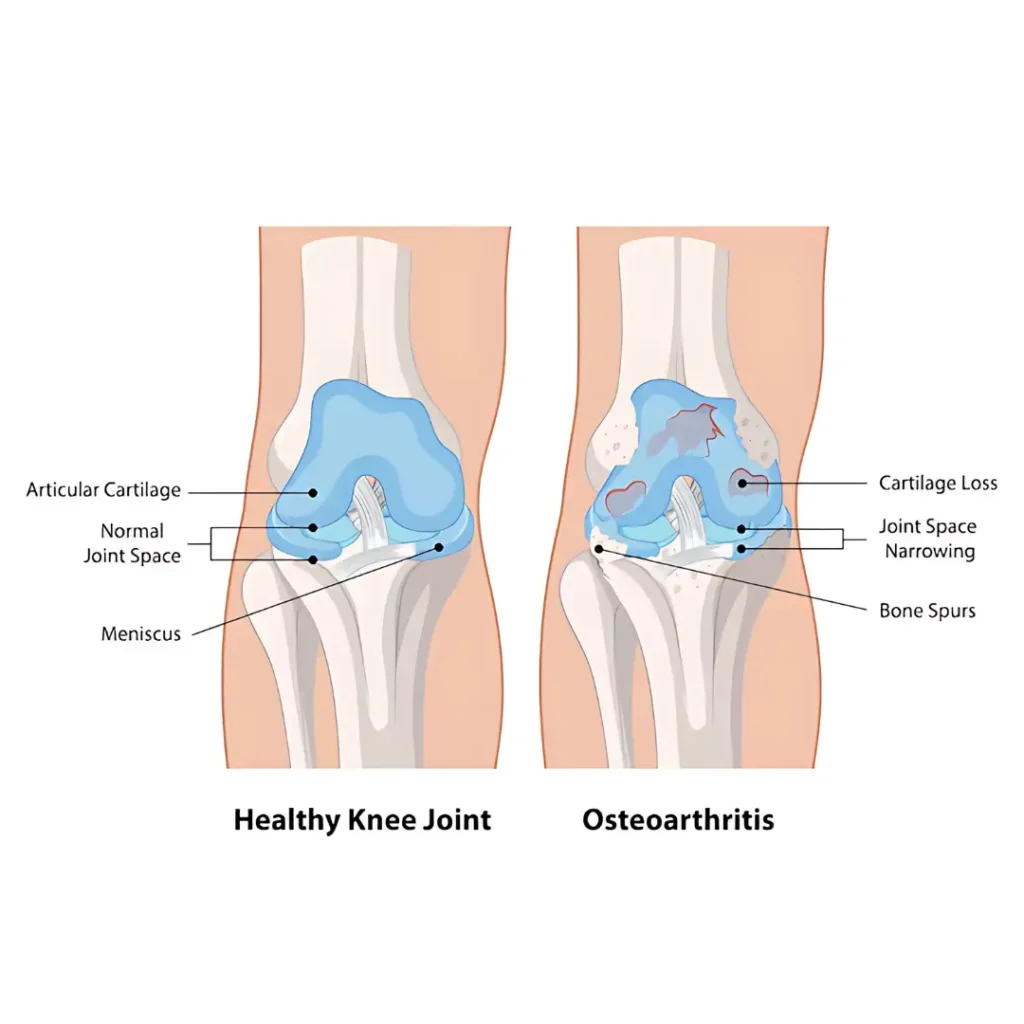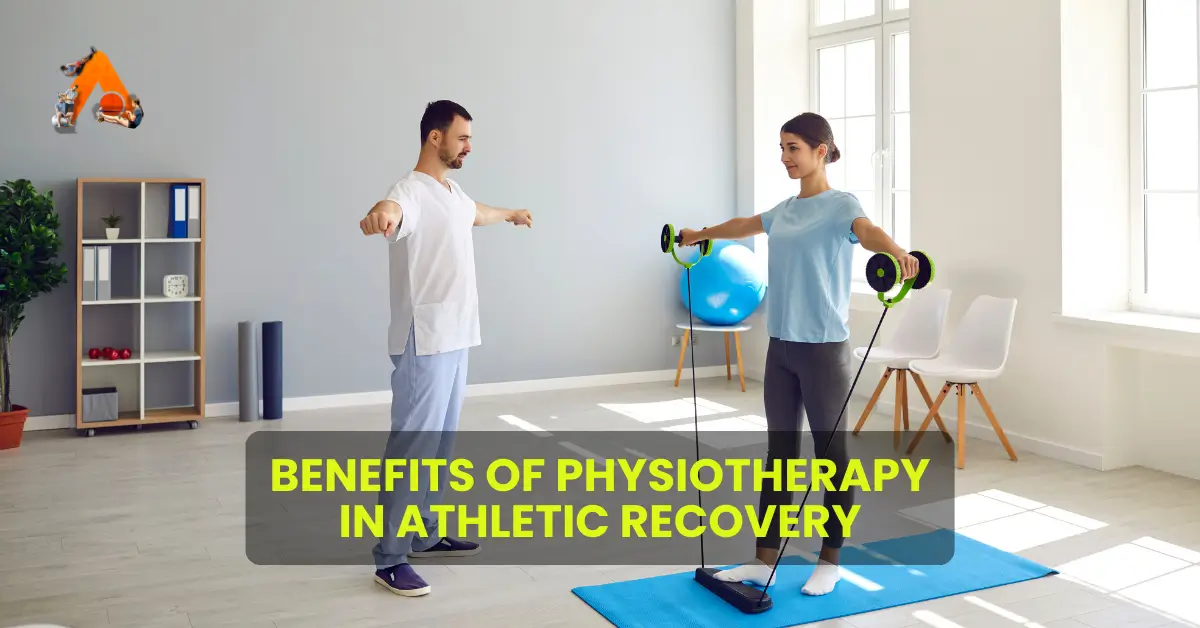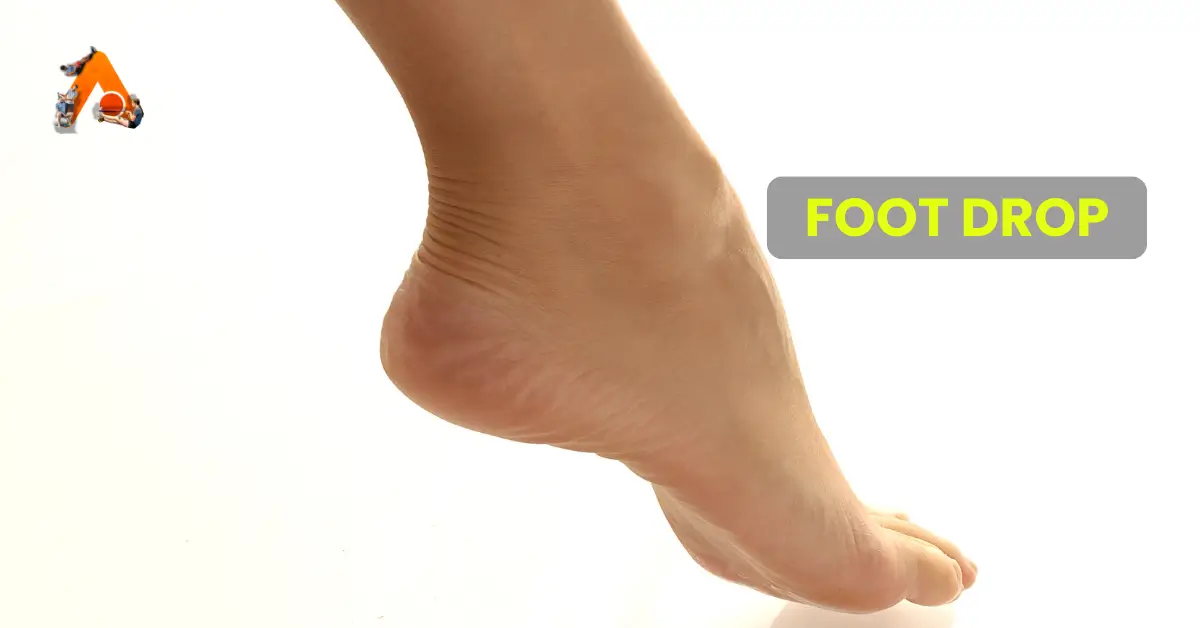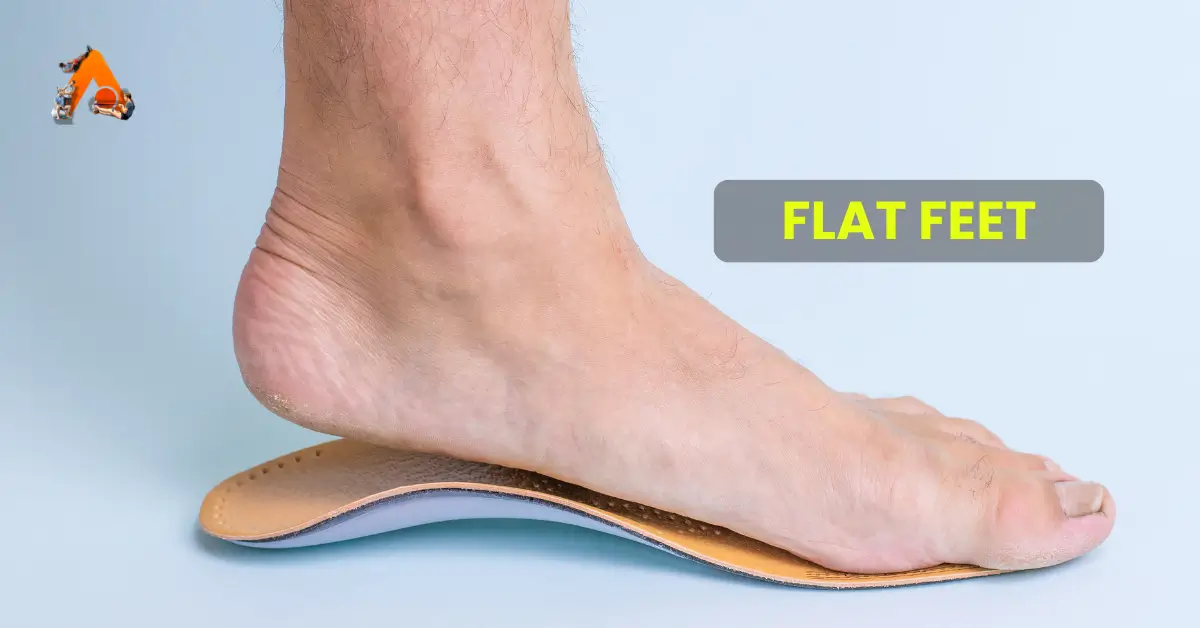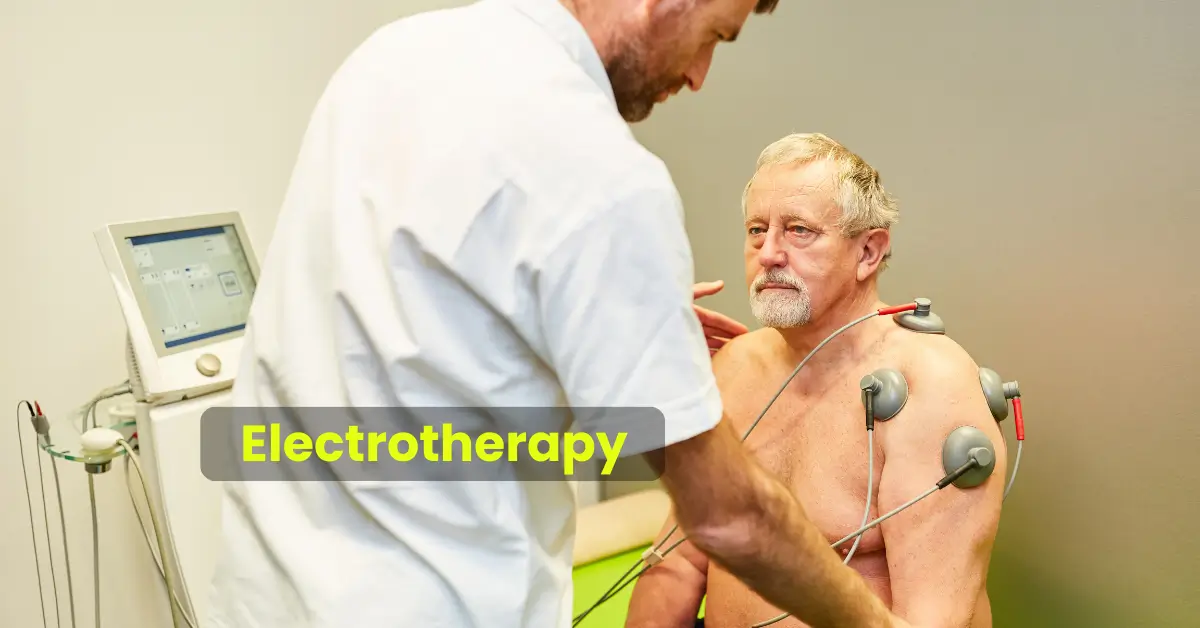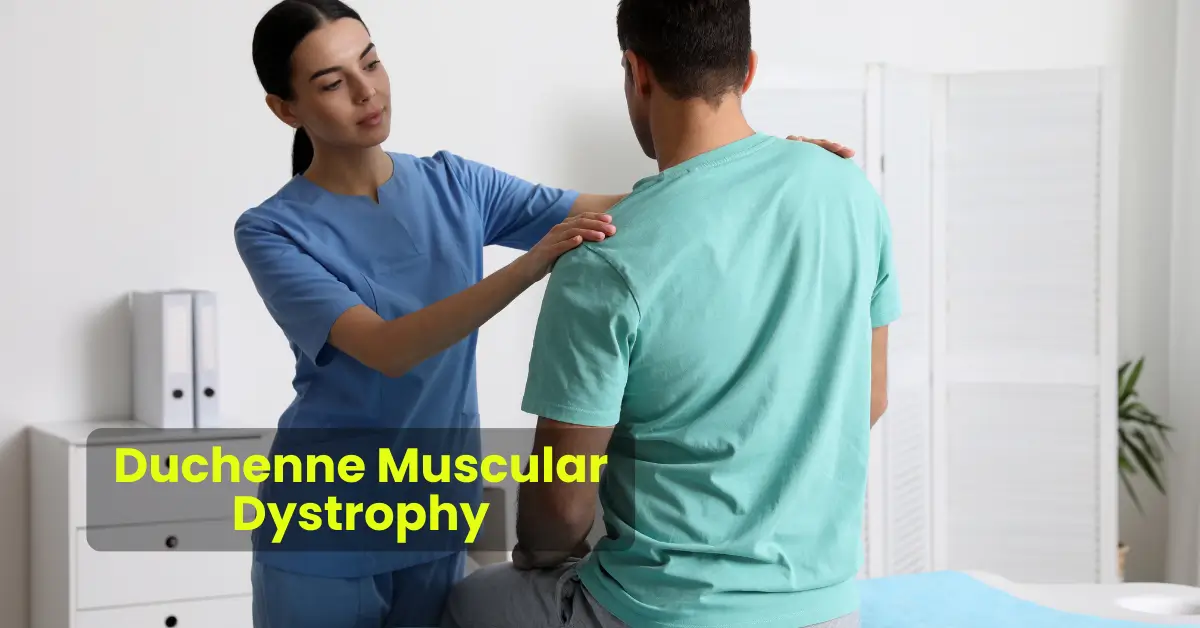Types of Breathing: A Complete Guide to Healthy Living
Breathing is the most natural thing we do, yet many of us don’t give it much thought. Every breath you take fuels your body with oxygen and plays a crucial role in your overall well-being. But did you know there are different types of breathing, each with its own unique benefits? Let’s explore these fascinating breathing styles and how you can incorporate them into your daily life for better health and relaxation.
1. Diaphragmatic Breathing
Also known as belly breathing, diaphragmatic breathing involves fully engaging your diaphragm, a dome-shaped muscle located beneath your lungs. This type of breathing is often used in meditation and yoga because it helps reduce stress and promotes relaxation.
How to Practice:
- Sit or lie down in a comfortable position.
- Place one hand on your chest and the other on your belly.
- Inhale deeply through your nose, ensuring your belly rises while your chest remains still.
- Exhale slowly through your mouth.
Benefits:
- Reduces stress and anxiety
- Improves oxygen exchange
- Strengthens the diaphragm
2. Thoracic Breathing
Thoracic or chest breathing involves using the muscles in your chest rather than your diaphragm. This is a more shallow form of breathing and is often the default during stressful situations.
How to Practice:
- Sit upright and place your hand on your chest.
- Take short, quick breaths in and out through your mouth.
Benefits:
- Useful for quick bursts of energy
- Helps during physical activity
However, relying solely on thoracic breathing can lead to shallow breathing habits, which may increase stress over time.
3. Nasal Breathing
Breathing through your nose is considered more efficient and healthier than mouth breathing. Your nasal passages filter, warm, and humidify the air you inhale, protecting your lungs and improving oxygen absorption.
How to Practice:
- Keep your mouth closed.
- Inhale and exhale gently through your nose.
Benefits:
- Enhances oxygen uptake
- Supports cardiovascular health
- Reduces snoring and improves sleep quality
4. Mouth Breathing
Although not ideal for regular practice, mouth breathing can be useful in certain situations, such as during intense physical activity when your body requires more oxygen.
Drawbacks:
- Can dry out the mouth and throat
- May increase the risk of sleep disorders, like sleep apnea
Tip: Use mouth breathing sparingly and focus on nasal breathing whenever possible.
5. Pursed-Lip Breathing
This technique is commonly recommended for people with lung conditions like chronic obstructive pulmonary disease (COPD). It helps regulate breathing and makes it easier to exhale completely.
How to Practice:
- Inhale through your nose for about two seconds.
- Pucker your lips as if you’re about to whistle.
- Exhale slowly and gently through your pursed lips for four seconds.
Benefits:
- Improves airflow
- Strengthens lung function
6. Box Breathing
Box breathing, also known as square breathing, is a structured breathing technique used by athletes and Navy SEALs to calm the mind and enhance focus.
How to Practice:
- Inhale through your nose for four counts.
- Hold your breath for four counts.
- Exhale through your mouth for four counts.
- Hold your breath again for four counts.
Benefits:
- Reduces stress and improves focus
- Enhances lung capacity
- Promotes mental clarity
7. Yogic Breathing (Pranayama)
Pranayama is a series of breathing exercises practiced in yoga to balance the mind, body, and spirit. Techniques like alternate nostril breathing and Kapalabhati breathing fall under this category.
How to Practice (Alternate Nostril Breathing):
- Sit comfortably and close your right nostril with your thumb.
- Inhale deeply through your left nostril.
- Close your left nostril with your ring finger and exhale through your right nostril.
- Repeat the cycle for 5-10 minutes.
Benefits:
- Balances energy levels
- Boosts mental clarity
- Relieves stress
Conclusion
Understanding and practicing different types of breathing can significantly enhance your health and well-being. Whether you’re looking to reduce stress, improve focus, or enhance physical performance, there’s a breathing technique for every need. Start incorporating these methods into your daily routine and feel the transformative power of mindful breathing.

